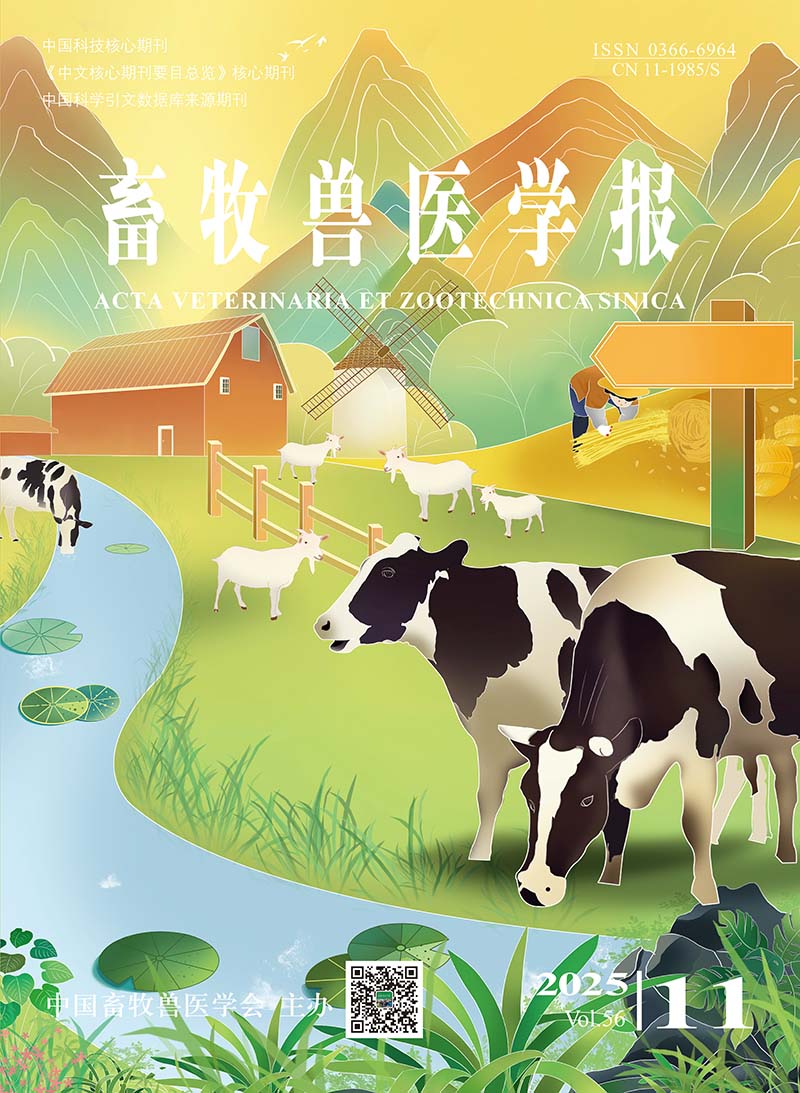The purpose of this study was to explore the effect of different additives on natural grass silages, and improve the utilization of natural grass silage for guiding the production and utilization of natural grass. The natural grasses at full-bloom stage in meadow steppe were used as silage materials, and 6 treatments were designed, SLAB (vacuum bags, lactic acid bacteria(adding 2×105 cfu·g-1)), SCE (vacuum bags, cellulase(adding 0.8 g·kg-1)), SCK (vacuum bags, without adding, control), BLAB (silo, lactic acid bacteria (adding 2 × 105 cfu·g-1)), BCE (silo, cellulase(adding 0.8 g·kg-1)), BCK (silo, without adding, control), each group had 3 replicates, and after ensiling for 60 d, the fermentation quality, microorganisms population and chemical composition were analyzed. The results showed that all treatments with additives showed good silage effects. Lactic acid bacteria(LAB)-treated and cellulase(CE)-treated could significantly increase the content of lactic acid bacteria, lactic acid and lactic acid/acetic acid(P < 0.05), the content of lactic acid of LAB-treated were higher than that of CE-treated, the additives increased the preserved rate of CP (P<0.05) and significantly increased the utilization rate of water-soluble carbohydrate (WSC) (P<0.05), significantly decreased the pH, NH3-N/Total N (AN/TN) and ADF (P<0.05), and significantly decreased the population of yeasts (P<0.05), the content of Ash were not significantly different from each other (P>0.05). The results indicate that lactic acid bacteria is more suitable for natural grasses silage, and it can be popularized and applied in the pastoral areas from small-scale silage to large-scale silage for natural grasses.






